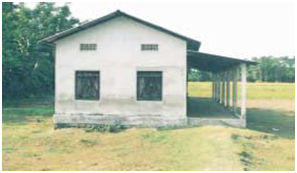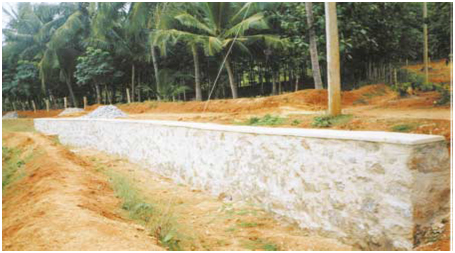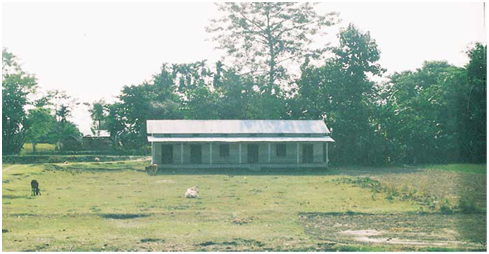EMPLOYMENT ASSURANCE SCHEME
Introduction
Employment Assurance Scheme was launched on 2nd October, 1993 for implementation in 1778 identified backward blocks of different States. The block selected were in the drought prone areas, desert areas, tribal areas and hilly areas. Later, the scheme was extended to the remaining blocks of the country in phased manner. At present, the scheme is being implement in all the rural blocks of the country. The programme has been restructured from 1.4.99.
Objective
As its name suggests, the primary objective of the EAS is to provide gainful employment during the lean agricultural season in manual work to all able bodied adults in rural areas who are in need and desirous of work, but cannot find it. The work may be either on farm or on other allied operations or on the normal plan/non-plan works during such a period. The secondary objective is the creation of community, social and economic assets for sustained employment and development.
Status
The programme is implemented as a Centrally Sponsored Scheme on cost sharing basis between the Centre and the States in the ratio of 75:25. In the case of Union Territories, the Centre provides entire funds under the Scheme.
Target Group
The EAS would be open to all adult rural poor who are in need of wage employment. A maximum of two adults per family (the generally expected number of adults in a family) would be provided wage employment, when there is demand during lean agricultural season, subject to availability of funds.
Salient Features
- EAS will be the single wage employment programme to be implemented at the district/block levels throughout the country.
- The funds to the States will be allocated on the basis of proportion of rural population in a State to the total rural poor in the country or such other criteria as decided by the Central Government from time to time.
- The Gram Panchayat will maintain a live employment register containing the details of the workers and numbers of days for which wage-employment is provided under the Scheme.
- 70% of the funds flowing to the districts would be allocated to the blocks and 30% reserved at the district level to be utilized in the areas of distress.
- The wage-material ratio of 60:40 would be strictly implemented
- Payment of wages under the programme would be the Minimum Wage rates fixed by the State authorities.
- The selection of works would be decided by Zilla Parishads after consultations with elected representative of the areas.
- In the absence of Elected Bodies, a committee comprising of local MPs and MLAs and other elected representatives would be constituted for selection of works.
- The expenditure will be in the ratio of 60:40 for wage/non-wage component.
- The Employment Assurance Scheme will operate at district/block levels throughout the country. However, priority would be given to the areas suffering from endemic labour exodus.
- Persons seeking wage employment under EAS would be engaged in the works included in the annual action plan prepared for this purpose by the ZP.
- The provisions of employment under this scheme should result in the creation of durable and productive assets.
Achievements
The scheme had Central allocation of Rs.1990.00 crore during 1998-99. Complete Central share had been released to States/UTs. As per reports received upto March, 1999 against total availability of Rs.3357.15 crore, the utilization reported is Rs.2819.76 crore and the employment generated is 4165.31 lakh mandays. Since inception of the scheme, the total number of registered wage seekers is 4.29 crore.
Funding pattern
The resources under the scheme would be shared between Centre and States in the ratio of 75:25 respectively.
Programme Strategy
The programme is implemented through the Zilla Parishads. The list of the works is finalized by the Zilla Parishad in consultation with the MPs. Where there is no Zilla Parishad, a Committee comprising of MLAs, MPs and other Public representatives is constituted for the selection of works. Employment Assurance Scheme is operational at District/Panchayat Samiti level throughout the country.

Community Hall Constructed Under Employment Assurance Scheme

EAS provides additional wage-employment opportunities to the rural poor

Construction of retaining wall under EAS

A school constructed under Employment Assurance Scheme
70% of the funds allocated for each district are allocated to the Panchayat Samitis (Intermediate Panchayat). 30% of the funds are reserved at the District level.The works under the Scheme are normally be taken up to provide additional wage employment whenever there is acute shortage and the resources under normal plan/non-plan Schemes are not available to generate adequate opportunities of wage-employment to meet demand.
Source:
arunachalpradesh.nic.in/eas.htm
|




